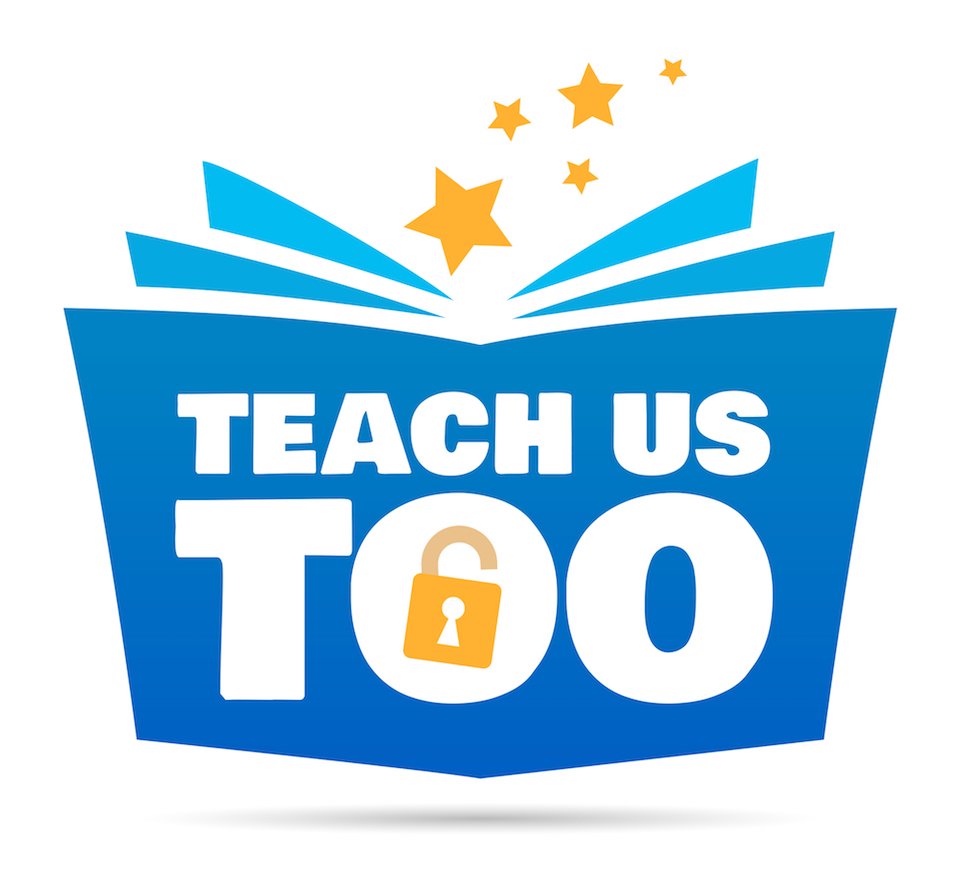Emma
Having worked with children and young people with PMLD for many years, I was given a class of five students with this label two years ago. I was able to commandeer the school eyegaze system and use that and lots of different AAC approaches to get the students to demonstrate how much they understood, which, as I suspected, was a lot.
Our local speech and language therapist gave me lots of advice and support whilst I tried all of the AAC approaches to find ones suitable for each individual. We used a sensory curriculum and combined it with functional communication about the sensory activities at first. Now three of the students have their own iPad or eye gaze system and one other is using auditory scanning to communicate, and they are all flying.
I am now in the process of teaching them how to spell, read and write, with the help of Marion Stanton and my own research, and my students continue to amaze people with how academically able they are compared to what was assumed in the past. We still don’t know the full extent of their abilities, but I suspect they have a lot more to show us. These students can now give opinions, tell us what is wrong and how we can help, make choices of anything from the colour of socks they want to wear that day to the book they want to read to who they want to chat to or work, and so much more.
I will be fighting to get rid of the PMLD label from the education system as it carries so many negative connotations and low expectations, and I will continue to push for literacy education via AAC for students regardless of perceived ability. A highlight of my educational journey has to be meeting Jonathan Bryan at a recent study day. He is an inspirational young man, and I will keep spreading his message far and near until literacy education is a right for all students across all settings, not a privilege.

